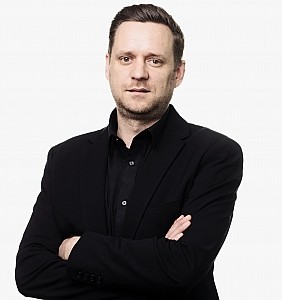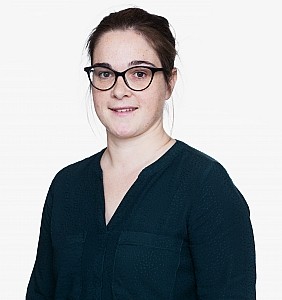The priority right in patents: what does it mean?
A patent is an exclusive right granted for your invention. Meaning that you, as a patent owner, have the right to decide who may – or may not – use the patented invention for the period in which the invention is protected.
However, certain conditions must be met in order to obtain such a patent, two of which are: novelty and inventiveness. The invention must show an element of novelty; that is, some new characteristic which is not known in the body of existing knowledge in its technical field (called “prior art”). And the invention must involve an “inventive step” or be “non-obvious”, which means that it could not be obviously deduced by a person having ordinary skill in the relevant technical field.
Before the introduction of the concept of priority rights, inventors who wanted to obtain patent protection for an invention in more than one country faced the problem that a patent application they filed in one country could be deemed to be novelty-destroying prior art in another country, if the application was filed subsequently in that other country. As such, applications had to be filed separately in each country in which protection was desired before the invention could be published or displayed without the risk of the publication or display being novelty-destroying. Obviously, from a financial and commercial point of view, this practice had many disadvantages. For instance, the inventor had to decide, before knowing the commercial potential of the invention or the patentability of the invention, in which countries he or she desired protection and needed to file applications.
In order to solve this problem, the Paris Convention (PC) for the Protection of Industrial Property, concluded in 1883, introduced the concept of priority rights for patent applicants on an international level. The Paris Convention gives applicants 12 months (“priority period”) from the time of filing of a patent application in one member state in which to file subsequent applications in other member states. As such, very importantly, the priority right is a right limited by time (more specifically, 12 months). With regard to European patent applications and international applications, priority rights can also be established when an application was filed in or for any member of the World Trade Organization (WTO). Taiwan (Chinese Taipei) for instance, is a classic example of a WTO member that is not party to the Paris Convention.
The effect of this right of priority is that, when correctly claimed, the date of priority shall count as the date of filing of any subsequent patent application for the same invention.

As discussed above, one of the main advantages is that you, as an inventor, can file subsequent patent applications elsewhere within twelve months and maintain the novelty of your invention, even if you, or someone else, has made your invention public (for instance by bringing it to the market) or if someone else has applied to patent the same or a similar invention in the meantime. The filing date of the priority application counts as the date by which the state of the art is assessed against your subsequent application.
However, as stated above, the date of priority shall only count for the same invention. This means that, if the subsequent application contains subject-matter that was not in the priority application, the priority will not count for this added subject-matter.
As described above, you can make your invention public (so you can for instance market and start selling your invention) without generating novelty-destroying prior art which could be used against you when filing a subsequent patent application. However, as discussed above, keep in mind that you only receive a priority date for the subject-matter that was disclosed in the priority application. So, very importantly, as a rule of thumb, before making your invention public, make sure all aspects of interest are covered by filing one or more patent applications.
Another advantage is that, during the priority period of twelve months, you have time to evaluate the commercial potential of the invention and decide in which countries subsequent patent applications for the same invention should be filed. Furthermore, you can postpone spending time and money on foreign patent application procedures until you have received a first report on the patentability of the invention.
If you need help with filing a priority patent application or have questions related thereto, feel free to contact us at Brantsandpatents.
Do you have a question?
We would be happy to assist you.
Make an appointment with one of our experts.
Rest assured, you're not alone.
Feel free to browse through the FAQ and don't hesitate to
contact us if you still have any doubts.




